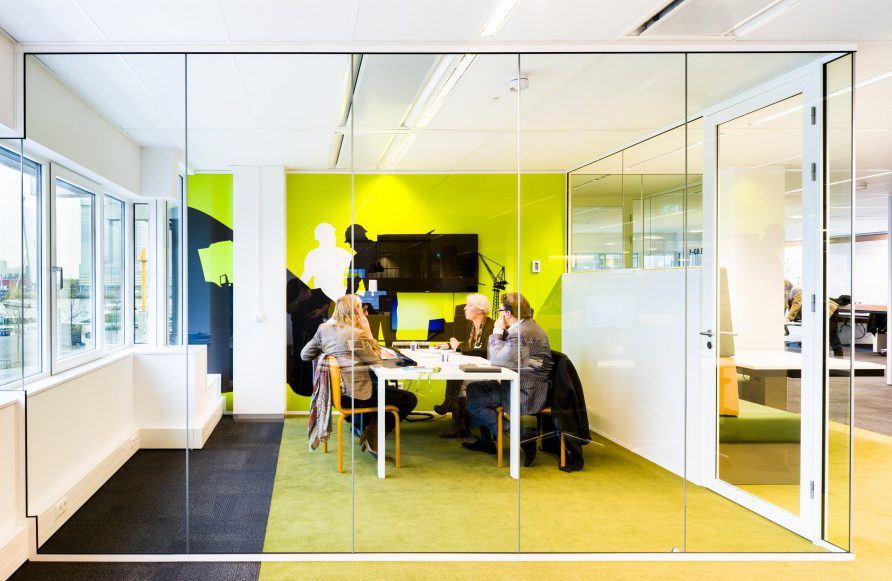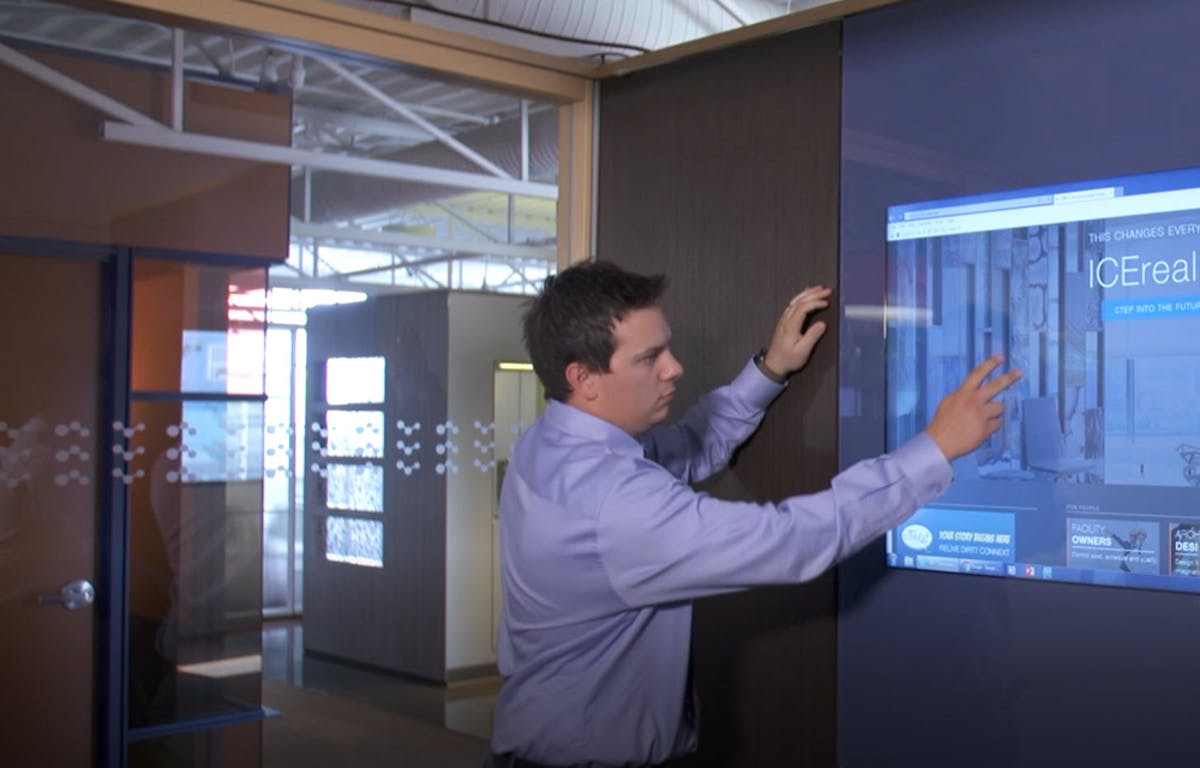Modern technology has become a total phenomenon for civilization, the defining force of a new social order in which efficiency is no longer an option but a necessity imposed on all human activity.
Tech advancements make our lives easier, more efficient, more productive – and overall, more enjoyable. The desire to increase efficiency in any way possible is what empowers businesses to embrace new gadgets, devices, and processes. So, it comes as no surprise that our physical environments are also shifting to reap the full benefits of new technology on the market. As we get smarter with the help of these tools, our spaces are getting smarter too. And blending technology with our work environments is becoming more and more common.
Here are some common technology trends for workspaces that are standing out today:
Smart automation
The “smart home” movement continues to gain traction in office spaces. The main reason is that accessibility for these systems has significantly increased over the last little while. A couple of years ago, if you wanted full control over the computers, music, TVs, lights, etc. in your space, you would have to go through the traditional automation system route. This means hard wired cables and AV racks – requiring skilled trades to come in and convert your space. Fast-forward to today, and all of this can be controlled through an app on a mobile device. Off-the-shelf many solutions let you control your entire space experience with only your voice. And the cost is pennies compared to the other route or converting your office to smart control. It’s no wonder more and more offices are automating.
Intelligent room schedulers
Electronic conference room schedulers – sometimes integrated directly into walls or on a stand outside of the room – are widely used in workspaces these days. But, new technologies are taking room scheduling to a whole new level. Few companies offer room scheduling solutions that calculate analytics to help you maximize efficiency in your office. It tracks things like occupancy usage and size, average meeting lengths, as well as most commonly used or problematic equipment. This drives efficiencies as it gives companies data to base their decision making on. For example, say a company has a handful of boardrooms, but they find that 76% of meetings have five attendees or less. They can use these analytics to decide if a boardroom should be broken into smaller huddle rooms. Pretty smart if you ask us!
BYOD
Not to be confused with the party term, BYOD stands for bring your own device. The BYOD movement we’re seeing is specifically related to conference rooms, where employees gather for presentations or meetings. Traditionally, it’s been more common for there to be local computers in this room in which you have to bring your material to; whether it’s logging into the static computer using your company login, or bringing your presentation materials on a USB stick. We’re seeing a shift towards technology that allows employees to bring their laptop or device and take over the screen. It makes employees’ lives easier and quicker for those on the go. Presenters can just come in, connect their device, and get their presentation rolling with confidence, without worrying about compatibility or missing software.
Modern take on phone booths
While we’re on the topic of open offices, another trend based around technology is becoming more popular. That’s the phone booth trend. The idea behind them is simple: employees don’t want to be disruptive to their colleagues when they need to have a chat on their mobile devices — work-related or not. Designed to use technology in, phone booths are now incorporating tech elements such as mood lighting, virtual windows, music, and charging stations. Additions like this help make these spaces feel more like home and less like a phone booth. It should also be noted that acoustical management is a key component of this type of space.
Collaboration hubs with integrated tech
With open offices being the status quo these days, companies are turning to collaboration areas for brainstorming and co-working sessions. These are often small office rooms, with a large display screen as the focal point. For DIRTT clients, this usually means integrating technology directly in the walls. This solution has been a go-to for companies for a variety of reasons. First off, it allows for a modern, clean aesthetic. Integrating tech behind glass also creates writable surfaces while protecting your investment from hand talkers or employees who like to push buttons. (Your IT team will thank you!)
Dynamic branding
First impressions set the tone of your organization. And chances are you have a unique story to tell. We’re seeing high impact designs that integrate tech displays with company information or branding. Typically, in areas like lobbies or meeting spaces. These screens have one goal: tell clients or those outside of your organization a little bit about who you are. This is an opportunity to advertise your company on your organization’s home turf. And spread the messages you want the world to know.
Capacitive touch screens
Are you still using a mouse for the computer in your conference rooms? Interactive screens are another trend making waves in office design. This typically means buying new, expensive displays.
Wireless charging
First came electrical outlets with USB plugs for employees to easily charge their mobile devices. Now companies are making way for wireless charging stations. Employees simply need to place their phone on a specific spot to rest and boom – it charges. No plugging-in required. This is possible by using wireless charging pads. Charging pads can be integrated directly into surfaces. Another example of the seamless, modern look that’s becoming more common in design.
The adaptability of these solutions allows them to make easy hardware changes, with minimal cost and downtime.
Subscribe to our Blog for more content..












